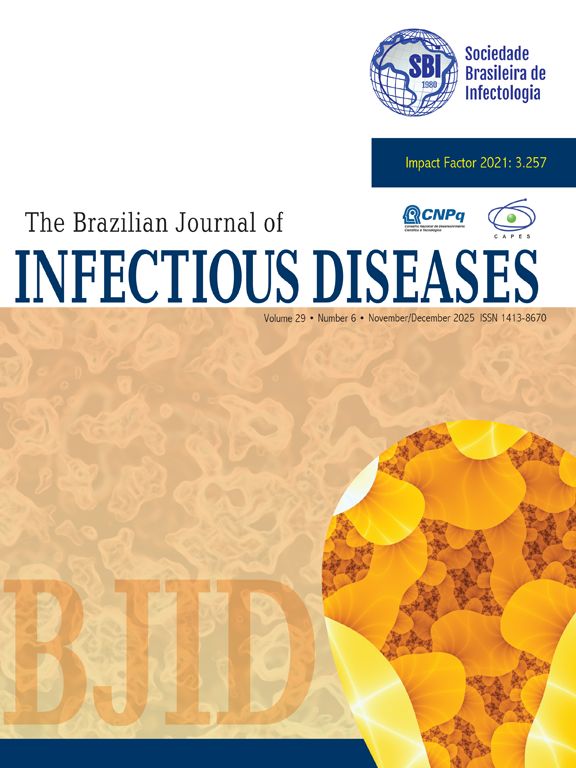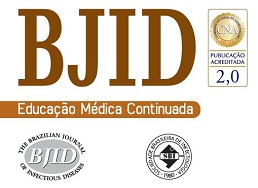Very limited data are available in the literature to elucidate the aetiology of invasive mould infections in Latin America. Here we report that Aspergillus species caused only half of such cases in a cohort study conducted over 21 months in a university hospital in Porto Alegre, Southern Brazil. Fusarium spp. were the second most prevalent moulds (20.7%), followed by Zygomycetes (13.8%). The importance of obtaining local epidemiological data for adequately guiding empirical antifungal therapy is reinforced.
The Impact Factor measures the average number of citations received in a particular year by papers published in the journal during the two preceding years.
© Clarivate Analytics, Journal Citation Reports 2025
SRJ is a prestige metric based on the idea that not all citations are the same. SJR uses a similar algorithm as the Google page rank; it provides a quantitative and qualitative measure of the journal's impact.
See moreSNIP measures contextual citation impact by wighting citations based on the total number of citations in a subject field.
See more



